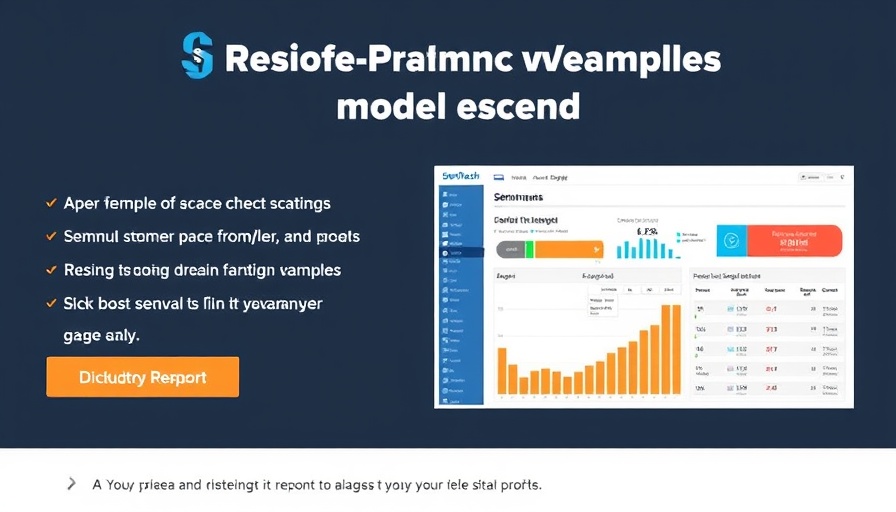
Why Storytelling is Essential for Food Industry Marketing
In an age where consumers are bombarded with marketing messages, standing out is more crucial than ever for small and medium-sized businesses in the food industry. Storytelling has emerged as the most compelling way to connect with audiences, making your brand memorable and engaging. By sharing the story behind your product, you invite customers into your culinary journey, making them feel more invested in your brand.
Connecting Emotionally with Your Audience
Emotional connections are vital in the marketing sphere. When businesses share their authentic stories—from how their ingredients are sourced to the passion behind their recipes—they create a human connection with consumers. For instance, a local bakery might tell the story of how their family recipes have been passed down through generations, evoking nostalgia and warmth while showcasing authenticity. This emotional engagement not only attracts customers but also encourages loyalty.
Real-World Success Stories
Consider the success of brands like Ben & Jerry’s, which effectively uses storytelling around social justice issues, or Chipotle, known for its farm-to-table story. Their campaigns resonate because they are grounded in real stories that highlight their brand values. For small businesses, this approach can differentiate them in a competitive market. By focusing on unique aspects of their journey, small food businesses can leverage storytelling to enhance their brand identity dramatically.
Best Practices for Crafting Your Brand’s Story
When creating a compelling narrative for your business, authenticity is key. Ensure your story reflects your core values and mission. Here are a few tips:
- Be Authentic: Share real stories, even the challenges, and how you overcame them.
- Engage Your Audience: Use social media platforms to share snippets of your story, asking followers to join in your journey.
- Visual Storytelling: Invest in high-quality images and videos that resonate with your story, as the visual aid enhances retention and emotional engagement.
Using Social Media to Share Your Narrative
Today, social media handles serve as the perfect stage for brands to share their stories. Instagram, with its visual nature, is ideal for showcasing not just products but the behind-the-scenes processes like baking, cooking, or sourcing ingredients. TikTok offers a platform for engaging stories in short, snappy videos, making cooking demonstrations or ingredient sourcing engaging for a younger audience. By tailoring your storytelling approach to fit different platforms, you broaden your reach and deepen your connection.
The Future of Storytelling in Food Marketing
Looking ahead, storytelling will continue to evolve. With the advent of augmented reality (AR) and virtual reality (VR), businesses will have new ways to engage consumers. Imagine a customer being able to virtually visit your farm or kitchen, experiencing your brand’s story firsthand before they even purchase your product. This future-focused approach will not only enhance emotional connection but also educate your audience about your offerings.
As the landscape of the food industry changes, staying ahead means understanding the power of storytelling. Those who harness this potent tool can create a lasting impact, ensuring customers will not just choose their products but feel part of their journey.
Take Action
The art of storytelling is an undeniable asset for your food business. Consider how you can start weaving your brand’s narrative today. Whether it's on social media or through direct customer engagement, every story counts. Connect with your audience, share your struggles and victories, and watch as they rally around your brand. For more insights and strategies on how to enhance your storytelling, sign up for our newsletter!
 Add Row
Add Row  Add
Add 



Write A Comment